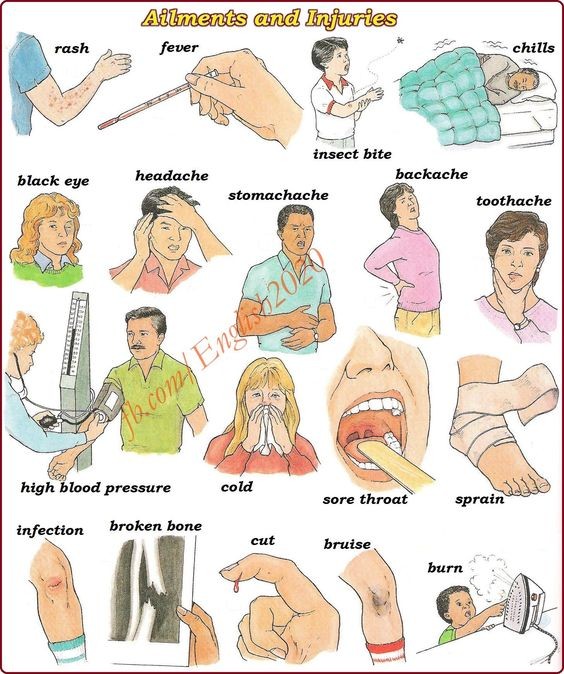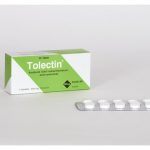
What is the Most Embarrassing Illness?
No illness is embarrassing. Every illness results from disturbances in the body’s physiology and requires prompt diagnosis and treatment.
Embarrassment due to symptoms or illness worsens suffering, deadlier symptoms, and may even further spread the disease. A vast list of unpleasant health issues exists in the United States, but most people choose not to discuss them due to feeling humiliated.
When someone is diagnosed with a condition, they fear negative attitudes and opinions about their behavior, lifestyle, or living circumstances, which generate stigma. However, health and mental peace should always be prioritized.
11 common embarrassing illnesses
Eleven common embarrassing illnesses include:
- Syphilis:
- Syphilis is a complicated sexually transmitted disease (STD) caused by the bacteria Treponema pallidum.
- Syphilis spreads by direct contact with a syphilis sore.
- Sores appear on the external genitals, vagina, and anus or in the rectum.
- Sores may form on the lips and mouth and can be transmitted by kissing someone with a sore.
- Early-stage syphilis is easily cured with a single injection of penicillin.
- Additional doses are required for syphilis lasting more than a year.
- Other antibiotics treat syphilis in people allergic to penicillin.
- Treatment kills the syphilis bacterium and prevents additional harm.
- Regular testing for syphilis is critical for those at risk of STDs.
- Acquired immunodeficiency syndrome (AIDS):
- HIV targets the immune system.
- Untreated HIV can lead to a compromised immune system (AIDS).
- Some people with HIV infection may not develop symptoms for up to 10 years.
- Highly effective medicines control HIV infection, leading to a healthier life.
- Antiretroviral medicines are part of HIV therapy.
- Yeast infections (genital/vulvovaginal candidiasis):
- Candidiasis occurs when the yeast Candida becomes overgrown.
- Vaginal yeast infections are frequent in women, while men can develop yeast infections on the skin.
- Treatment for vaginal yeast infections usually involves antifungal creams or suppositories.
- Herpes genitalis:
- Genital herpes is a common sexually transmitted infection (STI) caused by the herpes simplex virus (HSV).
- HSV can manifest on the lips, mouth, genital, or anal regions.
- Symptoms include tingling, soreness, and blisters in the affected areas.
- Virus-inhibiting medications such as acyclovir are the main treatment.
- Anal diseases:
- Anorectal problems like hemorrhoids, fistulas, abscesses, and fissures cause discomfort and stress.
- Quick treatment and lifestyle changes can address these disorders.
- Early consultation with a doctor is critical to prevent worsening or more serious issues.
- Pediculosis pubis:
- Infestation of the pubic area with the crab louse is commonly caused by sexual contact.
- Itching is the most common symptom, and lice can infest other body hair.
- Nonprescription pyrethrin-containing drugs can treat pubic lice.
- Gonorrhea:
- Gonorrhea is a bacterial STI spread through intercourse.
- Symptoms include unusual discharge, discomfort, or burning sensation.
- Proper therapy involves an antibiotic injection and oral medications.
- Finishing all gonorrhea medication and abstaining from sex is crucial, even if symptoms subside.
- Facial skin diseases:
- Various skin diseases affect the face and can cause blemishes and irregular pigmentation.
- Most skin problems are curable or manageable through topical creams or oral medicine.
- Getting the correct diagnosis is crucial for effective treatment.
- Regular skincare and sun protection are advised.
- Most face rashes can be identified based on appearance.
- Onychomycosis:
- Nail fungus affects the nails and can be caused by several pathogenic agents.
- Thickening, deformity, and discoloration of the nails are indications.
- Oral medicine may be required in addition to topical therapy.
- Specialized drugs (antimycotics) suppress the growth of fungus.
- Topical treatment weakens the source of onychomycosis.
- Psoriasis:
- Psoriasis is a persistent autoimmune skin illness.
- It is characterized by red, itchy, and scaly areas that can develop anywhere on the body.
- Psoriasis can be effectively treated with medicine, diet, and lifestyle modifications.
- Lack of libido:
- Low libido can have psychological, biological, or societal factors.
- Depression, anxiety, or negative body image can contribute to low libido.
- Biological disorders and medications can also cause low libido.
- Consulting a doctor is necessary for a thorough diagnosis and suitable therapy options.
The above diseases may have embarrassing signs and symptoms, making people hesitant to discuss them with their doctor.
The above diseases may have embarrassing signs and symptoms, making people hesitant to discuss them with their doctor.


